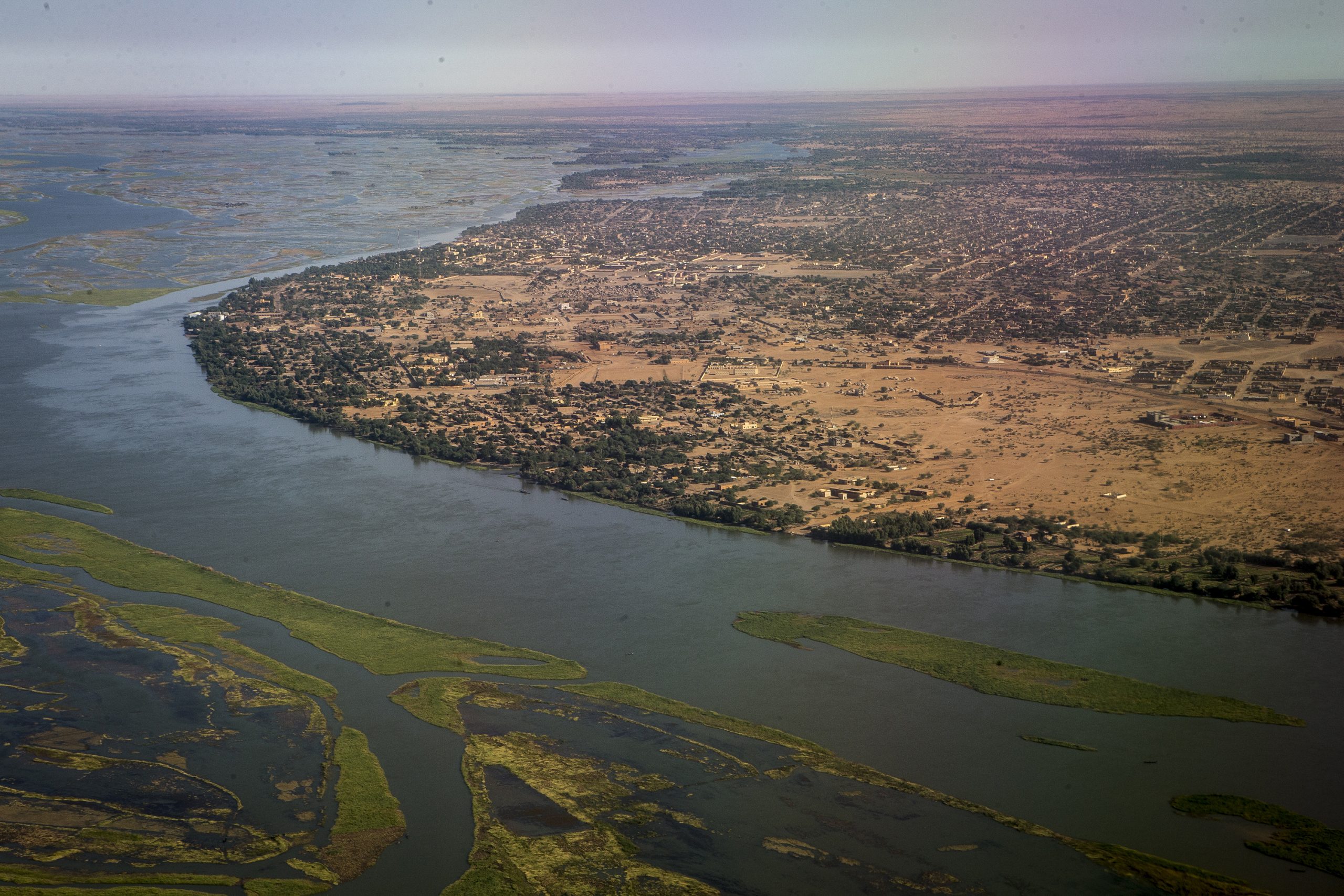Niger River lifeline Sahel

The Niger River, a majestic waterway winding through West Africa, is often celebrated as the “lifeline of the Sahel.” This vast and vital river, which stretches over 4,180 kilometers, plays a pivotal role in sustaining life, culture, and economies across the arid Sahel region. In this blog post, we will explore why the Niger River holds such a central place in the hearts and livelihoods of the people of the Sahel.
The Niger River: A Geographical Marvel
The Niger River is a geographical marvel, rising in the Fouta Djallon Highlands of Guinea, it flows through Mali, Niger, Nigeria, Benin, Chad, Cameroon, and Nigeria again before emptying into the Gulf of Guinea. Its expansive basin, known as the Niger Basin, covers a staggering 2.1 million square kilometers, making it one of the largest river basins in Africa. This vast network of waterways provides a lifeline to the predominantly arid Sahel region, offering a source of sustenance and connectivity.
The Lifeline of Water Resources
One of the primary reasons the Niger River is revered as the lifeline of the Sahel is its role in providing essential water resources. The Sahel is known for its semi-arid climate and erratic rainfall patterns, making water scarcity a recurring challenge. However, the Niger River and its tributaries act as a natural reservoir, supplying water for drinking, irrigation, and livestock across the region.
Agriculture and Livelihoods
Agriculture is the backbone of Sahelian economies, and the Niger River is at the heart of this endeavor. The annual flooding of the river deposits nutrient-rich sediments on its floodplains, turning them into fertile lands ideal for farming. This natural irrigation system supports the cultivation of various crops, including millet, sorghum, rice, and vegetables, ensuring food security for millions of people.
Trade and Transportation
The Niger River has long been a trade route, facilitating commerce between different Sahelian communities and beyond. Historically, traders used dugout canoes to transport goods like salt, millet, and textiles up and down the river. In modern times, this tradition continues, with river transport playing a significant role in connecting isolated communities and stimulating regional trade.
Biodiversity and Ecosystem Services
Beyond its role in agriculture and trade, the Niger River sustains a diverse range of wildlife and ecosystems. The river and its floodplains provide habitats for numerous species, including hippos, crocodiles, and migratory birds. Moreover, these ecosystems help in flood control, groundwater recharge, and carbon sequestration, making the Niger River a critical component of regional environmental sustainability.
Challenges and Conservation Efforts
While the Niger River is undeniably a lifeline, it faces several challenges. Deforestation, pollution, and unsustainable fishing practices threaten its ecological health. Climate change, with its unpredictability in rainfall patterns, poses additional risks. Fortunately, there are ongoing conservation and management efforts aimed at preserving the river’s vitality. International organizations, governments, and local communities collaborate to address these challenges and protect the Niger River’s invaluable resources.
Conclusion
In conclusion, the Niger River is more than just a watercourse; it is the lifeblood of the Sahel. Its significance extends beyond providing water and supporting agriculture; it embodies the rich cultural, economic, and ecological tapestry of the region. The Niger River’s story is a testament to the resilience of the Sahelian people who have relied on its bounty for centuries. As we navigate the challenges of the modern world, it is crucial to recognize and protect this lifeline that sustains millions across the Sahel.




